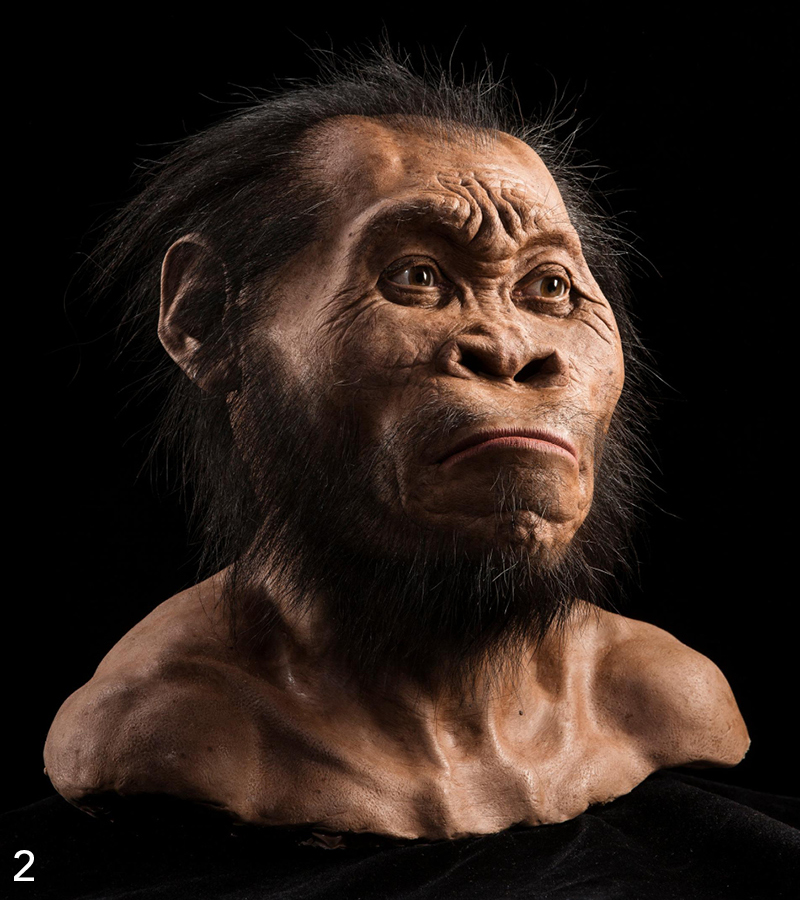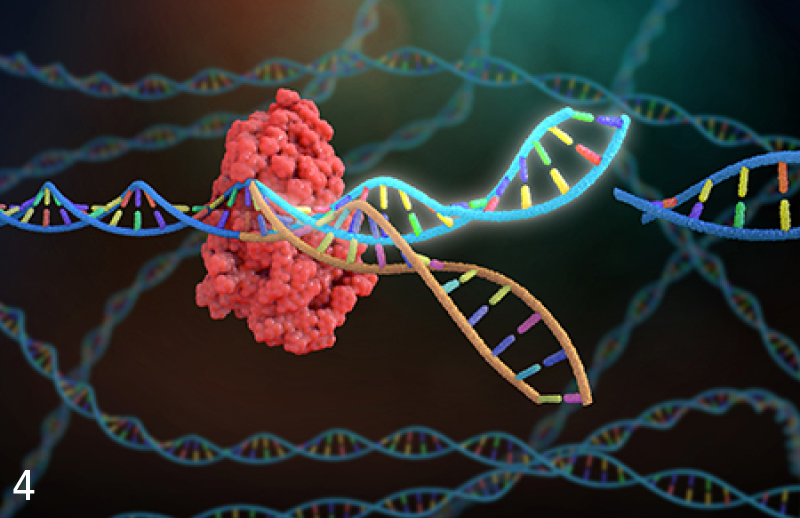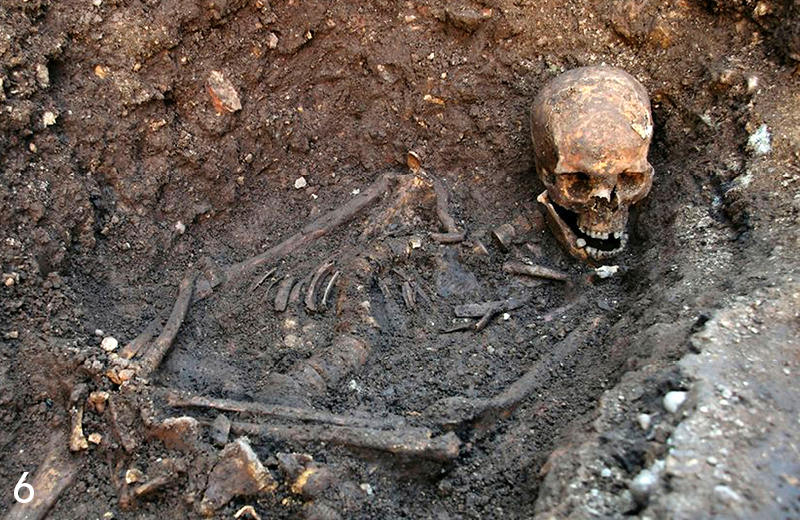Shocking

Static electricity. We’ve all experienced it, especially in the dry air of winter. You may have even had an interesting hair day because of static electricity. (You may have noticed I don’t ever have that problem.) Static will let you stick a balloon to the wall and make socks disappear. In the middle above you can get that cool TV Static t-shirt HERE. And you can decorate your car window with that cute dog face static cling. Get it HERE. One of the fun things about working in an office is access to copy machines. You might even have a printer at home. Well, that guy above wondered what would happen if he copied his face. See his video HERE. Give it a try. Apparently everyone else in the world has. Be creative!
Over the weekend while enjoying time together, Jackie and I and the girls had a real belly laugh when out of the blue my eldest daughters’ hair just stood straight out. For those that know me, that is not something that I will ever be able to experience for myself!! It got me to thinking about the phenomenon and static electricity – what causes it and if there are any good outcomes from it – other than touching and shocking someone with it. I went to my trusty search engine and found this great article from livescience.com (thanks guys) and You Tube for the videos. Enjoy, and be sure to count the logos for my game players!
“Electric charge is a fundamental property of matter,” according to Michael Richmond, a physics professor at the Rochester Institute of Technology. Nearly all electric charge in the universe is carried by protons and electrons. Protons are said to have a charge of +1 electron unit, while electrons have a charge of −1, although these signs are completely arbitrary. Because protons are generally confined to atomic nuclei, which are in turn imbedded inside atoms, they are not nearly as free to move as are electrons. Therefore, when we talk about electric current, we nearly always mean the flow of electrons, and when we talk about static electricity, we generally mean an imbalance between negative and positive charges in objects.
So, what causes static charge buildup? One common cause of static charge buildup is contact between solid materials. According to the University of Hawaii, “When two objects are rubbed together to create static electricity, one object gives up electrons and becomes more positively charged while the other material collects electrons and becomes more negatively charged.” This is because one material has weakly bound electrons, and the other has many vacancies in its outer electron shells, so electrons can move from the former to the latter creating a charge imbalance after the materials are separated. Materials that can lose or gain electrons in this way are called triboelectric, according to Northwestern University. One common example of this would be shuffling your feet across carpet, particularly in low humidity which makes the air less conductive and increases the effect.
Because “like” charges repel each other (think magnetic push), they tend to migrate to the extremities of the charged object in order to get away from each other. This is what causes your hair to stand on end when your body takes on a static charge, according to the Library of Congress. When you then touch a grounded piece of metal such as a screw on a light switch plate, this provides a path to ground for the charge that has built up in your body. This sudden discharge creates a visible and audible spark through the air between your finger and the screw. This is due to the high potential difference between your body and the ground which can be as much as 25,000 volts.
Another source of static charge is the motion of fluids through a pipe or hose. If that fluid is flammable — such as gasoline — a spark from a sudden discharge could result in a fire or explosion. People who handle liquid fuels take great care to avoid charge buildup and sudden discharge. In an interview, Daniel Marsh, professor of physics at Missouri Southern State University, warned that when putting gasoline in your car, you should always touch a metal part of the car after getting out to dissipate any charge that might have developed by sliding across the seat.
Lightning strikes are quite common for tall buildings. For example, the iconic CN Tower in Toronto, Canada, as 1,814-foot tower, is struck about 80 times a year. To protect it, long copper strips run from the top of its antennae down to 52 buried grounding rods in the ground that channel the charges. This technique controls the charge and dissipates it into the ground. The Empire State Building in NYC get hit about 25 times each year – nice video here
Static electricity can be a nuisance or even a danger. The energy that makes your hair to stand on end can also damage electronics and cause explosions. However, properly controlled and manipulated, it can also be a tremendous boon to modern life.
Moving gas and vapor can also generate static charge. The most familiar case of this is lightning. According to Martin A. Uman, author of “All About Lightning” (Dover, 1987), Benjamin Franklin proved that lightning was a form of static electricity when he and his son flew a kite during a thunderstorm. They attached a key to the kite string, and the wet string conducted charge from the cloud to the key which gave off sparks when he touched it. (Contrary to some versions of the legend, the kite was not struck by lightning. If it had been, the results could have been disastrous.)
Franklin in fact shaped the way we think about electricity. He became interested in studying electricity in 1742. Until then, most people thought that electrical effects were the result of mixing of two different electrical fluids. However, Franklin became convinced that there was only one single electric fluid and that objects could have an excess or deficiency of this fluid. He invented the terms “positive” and “negative,” referring to an excess or deficiency, according to the University of Arizona. Today, we know that the “fluid” was actually electrons, but those weren’t discovered for about 150 years.
According to the Jet Propulsion Laboratory, clouds develop zones of static charge due to warm water droplets in updrafts exchanging electrons cold ice crystals in downdrafts. According to NASA, the potential between these atmospheric charges and the ground can exceed 300,000 volts, so the consequences of being struck by lightning can be deadly.
In a lightning strike, the current tends to move over the surface of the body in a process called “external flashover,” which can cause severe burns, particularly at the initial point of contact. Some of the current, though, can travel through the body and damage the nervous system, according to the National Weather Service. Additionally, the concussion from the blast can cause traumatic internal injuries and permanent hearing loss, and the bright flash can cause temporary or permanent vision damage. Check out this top 10 video on lightning strikes
While static electricity can be a nuisance or even a danger, as in the case of static cling or static shock, in other cases it can be quite useful. For instance, static charges can be induced by electrical current. One example of this is a capacitor, so named because it has the capacity to store electric charge, analogous to how a spring stores mechanical energy. A voltage applied to capacitor creates a charge difference between the plates. If the capacitor is charged and the voltage is switched off, it can retain the charge for some time.
Another way to create a useful static charge is with mechanical strain. In piezoelectric materials, electrons can literally be squeezed out of place and forced to move from the region that is under strain. The voltage due to the resulting charge imbalance can then be harnessed to do work. One application is energy harvesting, whereby low-power devices can operate on energy produced by environmental vibrations.
Localized static charges can also be affected by an intense light. This is the principle behind photocopiers and laser printers. In photocopiers, the light may come from a projected image of a sheet of paper; in laser printers, the image is traced onto the drum by a scanning laser beam. The entire drum is initially charged by a coronal discharge wire that gives off free electrons through the air, exploiting the same principle that causes St. Elmo’s fire. (St. Elmo’s fire is a persistent blue glow that occasionally appears near pointy objects during storms. The name is something of a misnomer, as the electric phenomenon has more in common with lightning or the northern lights than it does with flame). In copiers, the electrons from the wire are then attracted to a positively charged drum. An image is then projected onto the photoconductive drum, and the charge is dissipated from the illuminated areas, while the dark areas of the image remain charged. The charged areas on the drum can then attract oppositely charged toner particles which are then rolled onto the paper, which is backed by a positively charged roller, and fused in place by an electric heating element. (I’d love to meet the team that figured this out … after all these years, I still marvel at the efficiency of office printers).
Captains of the seas and skies know St. Elmo’s fire best, as the ethereal light has long been sighted clinging to the masts of ships and more recently the wings of planes. Mariners have noted the spectacle for thousands of years, but only in the last century and a half have scientists learned enough about the structure of matter to understand why the phenomenon takes place. It’s not gods or saints that kindle the enigmatic fire, but one of the five states of matter: plasma. Here’s a cool video
::::::::::::::::::::::::::::::::::::::::::::::::::::::::::::::::::::::::::::::::::::::::::
DO YOU LIKE CONTESTS?
Me, too.
As you may know the Kowalski Heat Treating logo finds its way into the visuals of my Friday posts.
I. Love. My. Logo.
One week there could be three logos. The next week there could be 15 logos. And sometimes the logo is very small or just a partial logo showing. But there are always logos in some of the pictures.
So, I challenge you, my beloved readers, to count them and send me a quick email with the total number of logos in the Friday post. On the following Tuesday I’ll pick a winner from the correct answers and send that lucky person some great KHT swag.
So, start counting and good luck! Oh, and the logos at the very top header don’t count. Just in the pictures area. Got it? Good. :-)))) Have fun!!
::::::::::::::::::::::::::::::::::::::::::::::::::::::::::::::::::::::::::::::::::::::::::
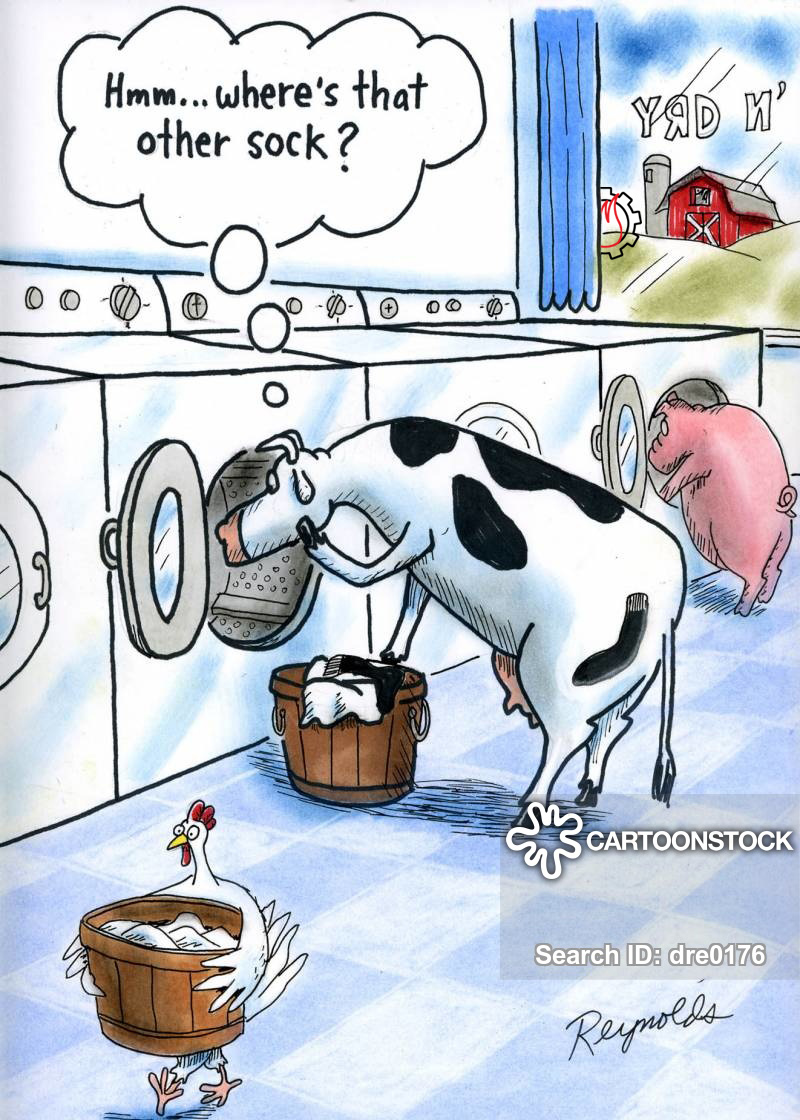















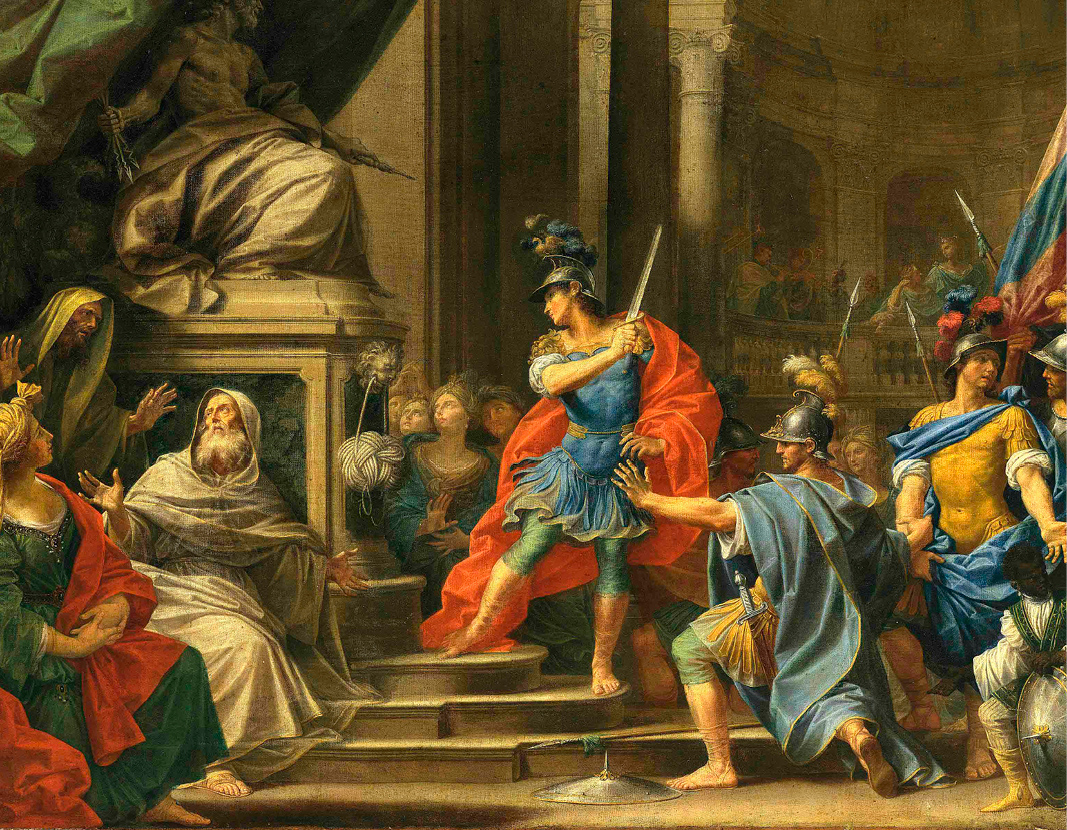



 Detecting the First Gravitational Waves
Detecting the First Gravitational Waves